The Modulo originated on the sketchpad of Paulo Martin at Pininfarina, while he was honing the lines of the Rolls-Royce Camargue in 1968. Clearly feeling restrained by the staid surfaces of the Rolls, the outburst of Martin’s creativity planted a seed that he would refuse to let die. His enthusiasm drove him to work at nights in the Pininfarina studios to construct a full-scale model, despite mild censure from Sergio Pininfarina regarding his initial sketches – the company president believed it was too futuristic and that it would not sit well alongside some of its would-be siblings.
It’s easy to see why, even more than 40 years later. It was extremely impractical; the front two wheels could only turn ever so slightly to the side and it was so low that only the most negligibly proportioned adult would find comfort. It didn’t even have conventional doors: Martin instead opted for a canopy which slid forward over the car’s nose. The contrast between it and the Camargue could not have been starker, and Martin’s superiors insisted he dropped the project to concentrate on the commissioned Roller.
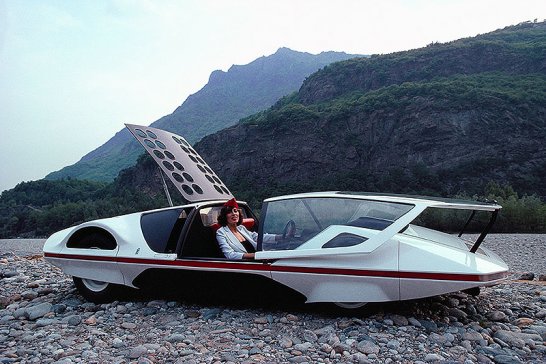
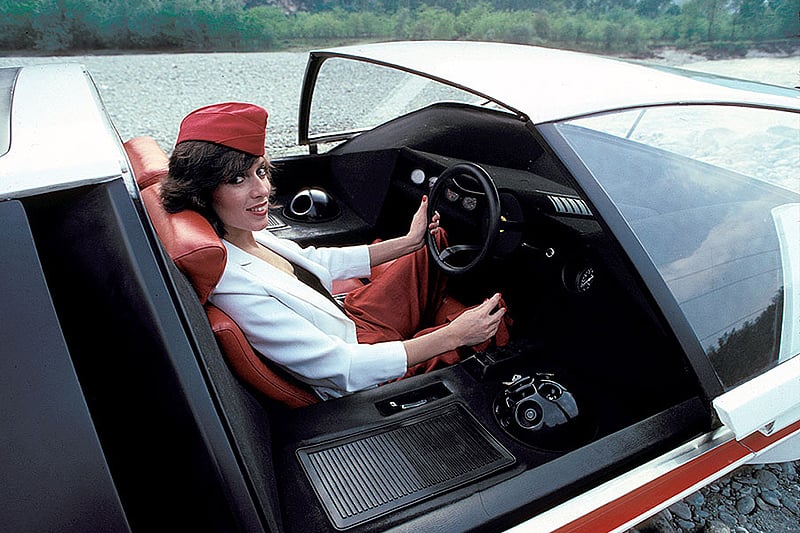
At the same time as Martin’s ongoing efforts, Ferrari was building 25 road-going examples of the 512 racing car for homologation purposes. Unable to find a full clutch of buyers, one was given to Pininfarina to make a show car – consequently giving Martin’s baby the green light. The race-bred nature of its underpinnings meant the Modulo could retain its super-low poise, a facet it shared with the earlier Alfa Romeo Carabo. The accompanying 550bhp 5.0-litre V12 was more than ample, given the crawling speeds the car was restricted to because of the limitations of its bodywork.
With the all-clear to build the car, Martin set about finalising the details and designing the interior. One of the main features inside was the sphere sited to the side of each occupant, which incorporated the air vents and various switches. He found them hard to fashion for the show car, but was provided with a lightbulb moment by one of his idols, Giovanni Michelotti. Two trips to a nearby bowling alley sourced a pair of perfect solutions, although he had to bribe a security guard to overlook him smuggling the ‘borrowed’ balls in his motorcycle helmet.
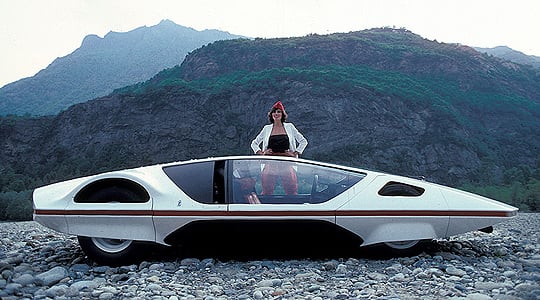
The night before the car was due to be transported to Geneva for its inauguration, Renzo Carli – then General Manager of Pininfarina – swapped the holed rear section for a simpler panel. The next day, Martin replaced the original just before it was loaded onto the delivery truck. Retaining this design quirk allowed the astonished Geneva show-goers to snatch a glimpse into the depths of the Modulo’s engine bay, compounding their awe.
The Ferrari Modulo won hearts and accolades from then onwards, and spectators’ first reactions have been no less intense since. It remains one of the centrepieces at the Museo Pininfarina, and had some of its features used on later Ferraris, albeit loosely – the comparable headlights on a 365 GTB/4 being an example.
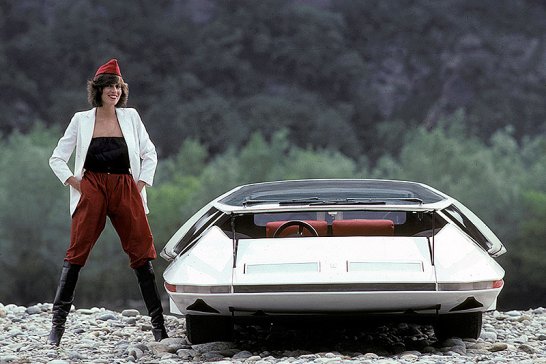
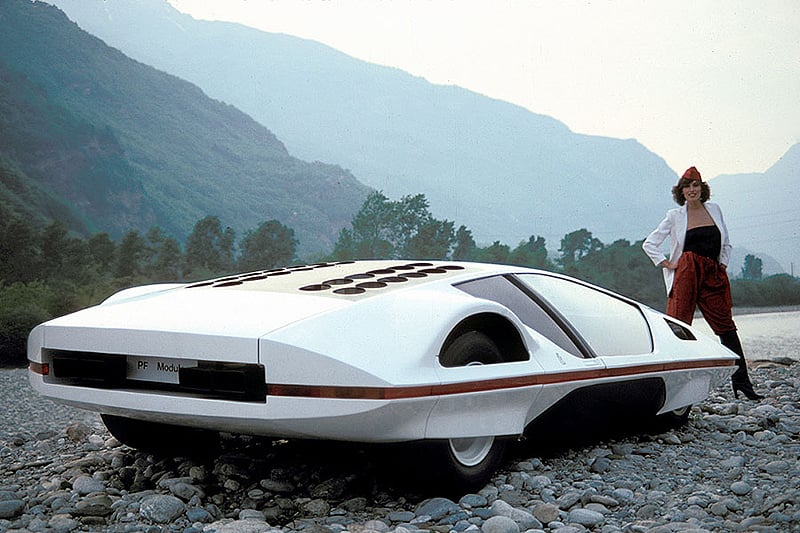
Martin’s determination – to develop what was essentially an extra-curricular doodle into a landmark car in the history of the Prancing Horse – perhaps demonstrates how romantic this industry can be. The Modulo remains one of the most memorable results of what is probably the most highly regarded collaboration the automotive sector will ever see: that between Ferrari and Pininfarina.
Video: Pininfarina
Photos: Rainer Schlegelmilch








